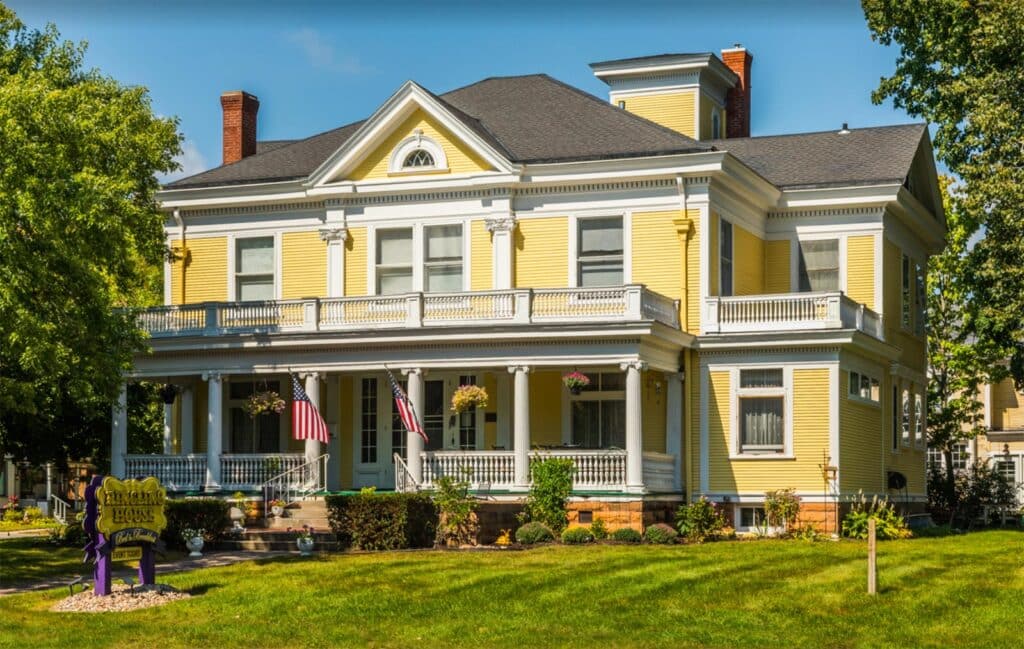8 Delightful Things to Do in Baraboo This Fall
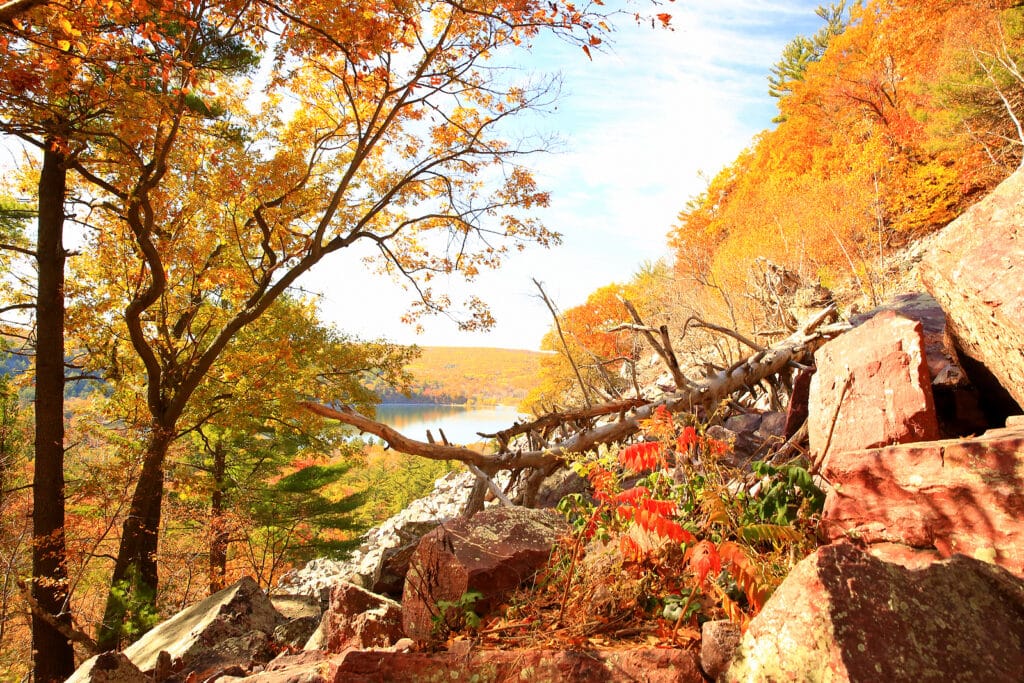
There are plenty of things to do in Baraboo in the fall, given the Central Wisconsin region’s slow-cooling October temperatures and abundance of blaze-colored natural beauty. Even with some top […]
Gas Lighting in the Victorian Age
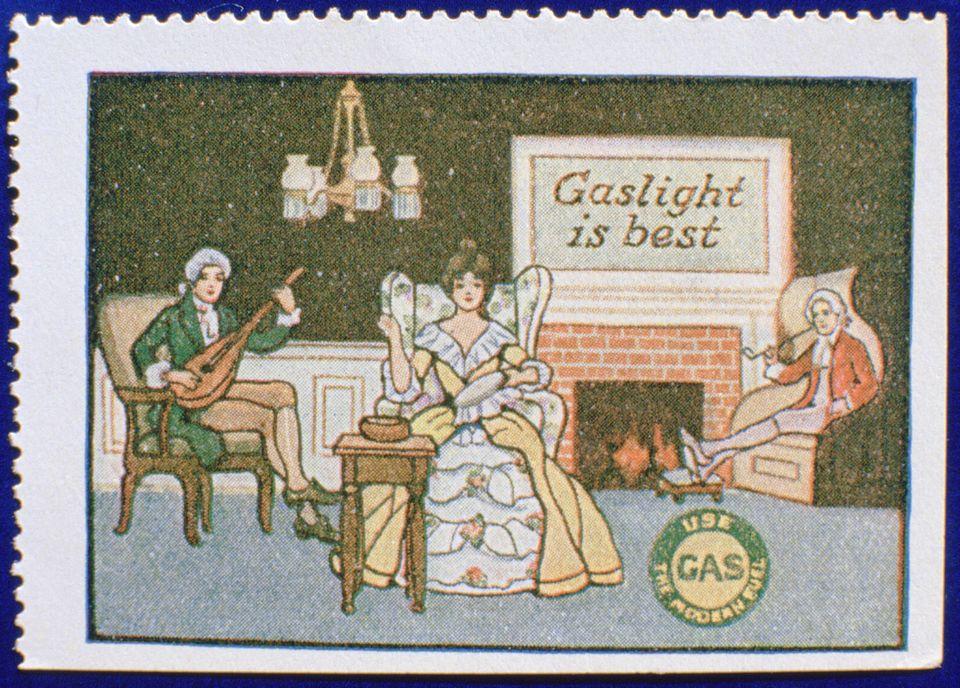
Gas-or Electric-or Both? How homes were “lit” in the Victorian Age. When we give tours of the Charles Ringling Home on 8th and Ash streets in Baraboo, we always like […]
The Houses that George Built—an Isenberg Retrospect
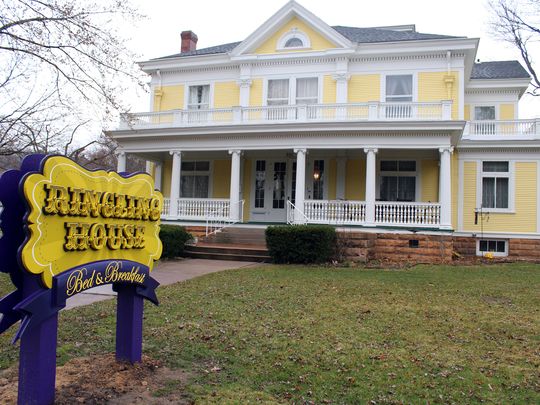
A few years ago, Margie Isenberg Abel stopped in Baraboo on a trip through Wisconsin, and that trip piqued her interest about her family’s links to Sauk County history. She […]
Sarasota History—Charles Ringling
